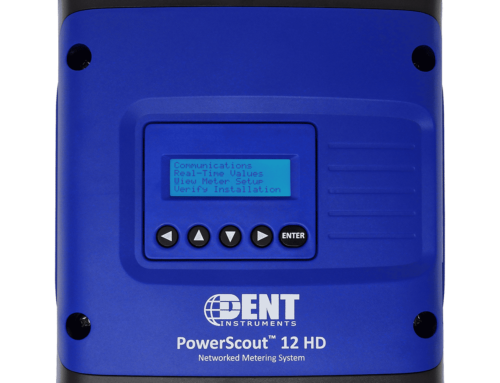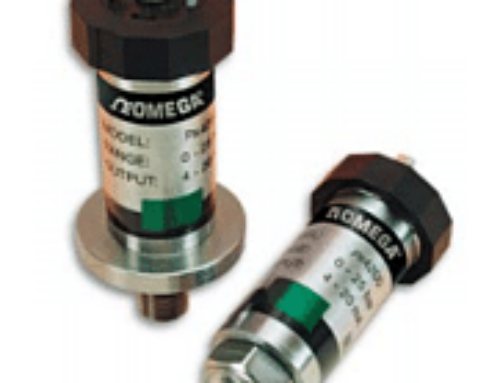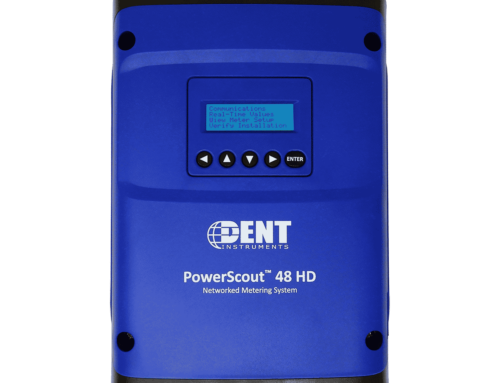WHAT IS A ROGOWSKI COIL?
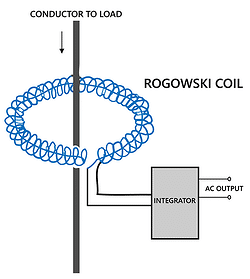
A Rogowski coil, named after Walter Rogowski, is an electrical device for measuring alternating current (AC) or high-speed current pulses. It consists of a helical coil of wire with the lead from one end returning through the center of the coil to the other end so that both terminals are at the same end of the coil. The whole assembly is then wrapped around the straight conductor whose current is to be measured.
Since the voltage that is induced in the coil is proportional to the rate of change of current in the straight conductor the output of the Rogowski coil is usually connected to an electrical (or electronic) integrator circuit in order to provide an output signal that is proportional to the current.
The relationship between voltage and rate of change of current is explained in the following equation where V is voltage and M is a constant:
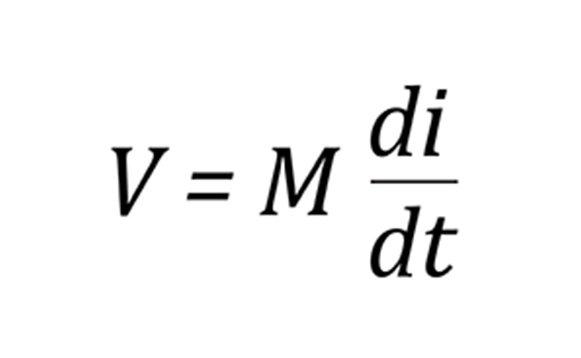
WHY CHOOSE A ROGOWSKI COIL CURRENT TRANSFORMER?
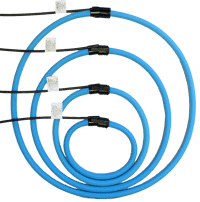
Flexible Rogowski Coils, such as the DENT RoCoil, are designed for easy placement around cable bundles, large busbars, or within tight breaker panels. Their design has several advantages over traditional split core current transformers including:
- Open-ended, flexible design allows it to be wrapped around a live conductor without disturbing it.
- Rogowksi coils feature an air core rather than an iron core, which results in low inductance and faster response time to changing currents.
- Highly linear, even when subjected to large currents such as those used in electric power transmission, welding, or pulsed power applications.
- Largely immune to electromagnetic interference.
HOW TO MAXIMIZE PERFORMANCE FROM A ROGOWSKI COIL CURRENT TRANSFORMER
Rogowski coil accuracy is usually calibrated with the conductor centered in the CT window. In practice, however, the CT typically hangs on the conductor which can introduce measurement errors. Note that the error is greatest when the CT connector hangs on the conductor. The following diagram is an example of the type of error that could be introduced simply by moving the conductor to different positions within the opening of the Rogowski coil.
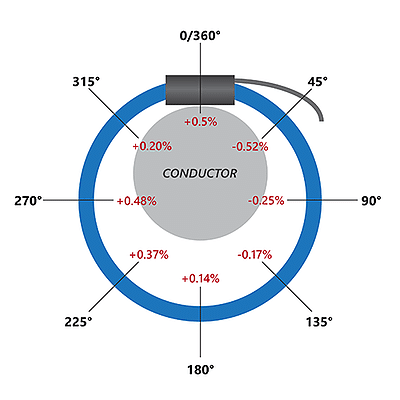
Best practice for Rogowski coil installation is to center the conductor as best as conditions allow. In addition, it’s a good idea to keep any other conductors (those you do not wish to measure) as far away from the Rogowski coil as is practical.
Also, keep in mind that although a Rogowski coil is ideal for large amperage loads, accuracy of the coil may be reduced on smaller loads (<20A). Additionally, the meter you are using may “snap to zero” if the loads is under a certain threshold. This may result in recording “0” during times when a small load is actually present (such as during after hours or weekends in a facility when most loads are shut off). Check with DENT Instruments for current transformer recommendations on your specific project – we would be happy to provide advice on choosing the right sensor.
For more information on DENT RoCoil current transformers, see the RoCoil page here:
Need a quote for current transformers or power meters? Contact us today!

![10-Step Checklist for ElitePro Power Meter Verification [Download Available]](https://www.dentinstruments.com/wp-content/uploads/2022/03/elitepro_installation_with_rocoils-1-500x383.jpg)
